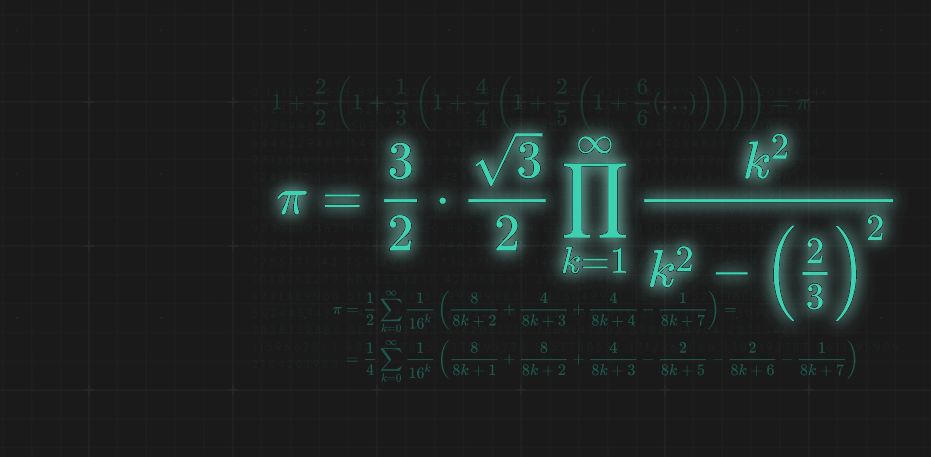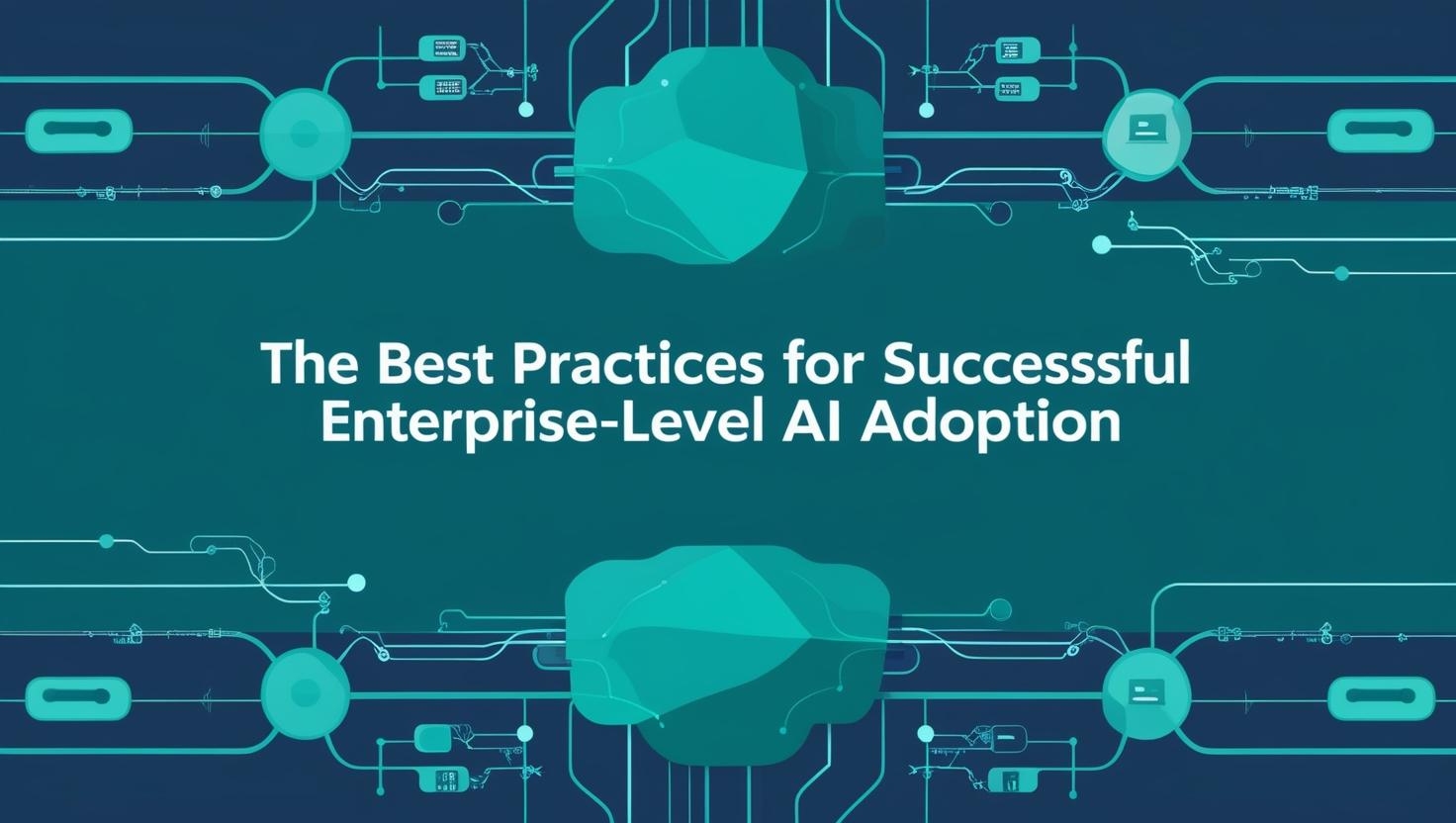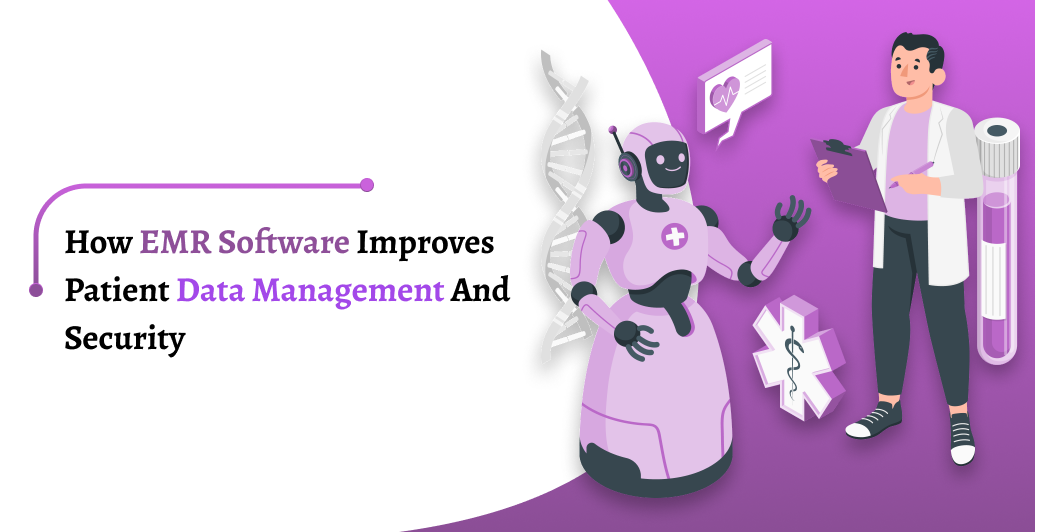From March 28 to 31, 2025, the world came together to celebrate π in the most innovative and exciting way possible during the Pi Day AI Hackathon 2025. The event, orchestrated by the renowned Hackathon Raptors, invited creators from around the globe to combine artificial intelligence and mathematics to explore the endless mysteries of π. With over 200 participants across multiple categories in a thrilling 72-hour competition, this year’s hackathon delivered groundbreaking results.
The Vision: AI + π = Infinite Innovation
This year’s theme, “AI + π: A Journey into the Fundamental Patterns,” resonated deeply with hackers, developers, and tech enthusiasts alike. The goal was clear: create AI-driven projects that didn’t just celebrate π, but pushed the boundaries of what’s possible when artificial intelligence intersects with the infinite.
“The intersection of mathematical principles with music composition is not only innovative, it’s an entirely new way to experience π,” remarked judge Venkata Raja Ravi Kumar Gelle during the opening ceremony.
In true Hackathon Raptors fashion, this was more than a competition—it was a celebration of collaboration, digital resilience, and the power of community. Participants from around the globe tackled challenges in education, cryptography, data analysis, and the visual arts, while making π accessible in exciting and innovative ways.
The organizing team’s decision to focus on the intersection of AI and mathematics proved perfectly timed. As algorithms become increasingly sophisticated, finding creative applications that bridge pure mathematics with practical problem-solving has become a crucial frontier in technological development.
Battle of Innovation: The Competition Unfolds
Teams from across the globe gathered virtually to explore the infinite possibilities of π through artificial intelligence. The projects ranged from algorithms that decoded the digits of π to AI music generators that translated mathematical constants into melody.
The development landscape showcased diverse approaches—from machine learning models analyzing digit patterns to neural networks generating visual representations of the mathematical constant. Some ambitious teams even implemented sophisticated algorithms to search for hidden structures within the seemingly random sequence of digits.
The 72-hour hackathon kicked off with a virtual ceremony that connected participants from six continents. Developers, ranging from university students to seasoned industry professionals, formed teams, many of which met for the first time through the event’s matchmaking platform. What united them was a shared fascination with the endless possibilities at the intersection of mathematics and artificial intelligence.
“What made this hackathon special was the blend of creativity and technical rigor,” shared Ava Chen, a developer from Taiwan. “We weren’t just coding—we were exploring mathematical concepts that have fascinated humanity for centuries, using cutting-edge AI as our lens.”
The Judges: A Panel of Industry Veterans
The task of evaluating these groundbreaking projects fell to a distinguished panel of judges:
Vladislav Shakhrai
- Technical Lead, Generative AI & 3D at Snap Inc.
- Kaggle Master (Top-150)
- Specialist in neural and inverse rendering
- Expert in deep learning, PyTorch, and Python
Igor Chumikov
- iOS Technical Expert at Yandex Practicum
- Specialist in SwiftUI, Firebase, and MVVM architectures
- Leader in unit testing, snapshot testing, and app migrations
- Contributor to the popular Consultant Plus app
Mahesh Kansara
- Technical Innovator & Cloud Database Engineering Lead at AWS
- 9+ years leading teams at Amazon Web Services
- Expert in database migrations, observability systems, and high availability solutions
- Leader in AWS Database Migration Service (DMS)
Venkata Raja Ravi Kumar G.
- Technical Lead / Full Stack Engineer at Freddie Mac
- Experience at Capital One and other major tech firms
- Expert in Java, Node.js, Angular, PostgreSQL, and AWS services
- Specialist in container orchestration and microservices
Urs Venkata G.
- Technical Lead at Capital One
- Leader in AWS Full Stack and microservice architectures
- Expert in Java 17, Node.js, Spring Boot, and PostgreSQL
- Specialist in scalable, secure applications and cloud-native solutions
Viswaprakash Y.
- Architect at Tata Consultancy Services
- Specialist in data ingestion pipelines and cloud-based B2B solutions
- Expert in event-driven architectures and cloud data systems
- Builder of data lakes and configurable data transformation processes
Each judge brought unique expertise to the evaluation process, allowing for a comprehensive assessment across technical implementation, creativity, potential impact, and mathematical significance.
“We were looking for projects that not only demonstrated technical excellence but also found novel ways to make π relevant and accessible,” noted Vladislav Shakhrai during the judging deliberations. “The best entries managed to blend mathematical insight with practical applications that could extend beyond the hackathon itself.”
The Evaluation Process: Beyond Technical Merit
The judging process reflected the event’s commitment to both technical excellence and creative innovation. Projects underwent multiple rounds of evaluation, with an initial screening focused on technical implementation and algorithmic sophistication. The second phase involved a deeper assessment of creativity and potential real-world applications.
“We weren’t just looking for complicated algorithms,” explained Mahesh Kansara. “We wanted to see how participants could use AI to reveal something meaningful about π, or use π to enhance AI capabilities. The most impressive projects found that perfect intersection.”
The final round included live demonstrations where teams explained their approach and fielded questions from judges about their technical decisions, mathematical foundations, and potential future developments of their projects.
The Triumphant Projects
After intense deliberation, the judges announced the winners who exemplified the hackathon’s vision while delivering exceptional technical execution:
Overall Hackathon Winner & Innovation in AI: Pi Loom – A Symphony of Digits
Pi Loom emerged as the clear winner with its comprehensive approach to turning mathematics into music. Developed by Sanjay Sah, this AI-powered system translates sequences of π’s digits into musical notes, creating a beautiful and unexpected symphony that evolves as it explores deeper into the infinite constant.
“Pi Loom stood out for its artistic approach to making the mathematical constant not only understandable but also emotionally resonant,” noted Judge Venkata Raja Ravi Kumar Gelle. “It brought a new dimension to π that could be appreciated by both mathematicians and music lovers alike.”
The project leveraged sophisticated natural language processing techniques to identify patterns within π’s digits that correspond to musical structures. The AI then generates compositions that maintain musical coherence while faithfully representing the mathematical patterns, creating a unique bridge between abstract mathematics and human experience.
Technical Architecture & Scale Winner: Pi Cipher – Cryptography Through π
Taking the Technical Architecture award was Pi Cipher, developed by the team 3pi4. This innovative cryptographic system uses the digits of π to encode messages, leveraging its seemingly random nature as a key for sophisticated encryption algorithms.
“We were impressed with how Pi Cipher effectively harnesses the randomness of π for real-world cryptography,” said Judge Vladislav Shakhrai. “This is what innovation in data security looks like.”
The team implemented a novel approach to cryptographic key generation that pulls sequences from specific locations within π based on dynamic parameters. Their implementation included rigorous security testing and performance optimization, demonstrating both theoretical soundness and practical applicability in modern security contexts.
Performance & Resource Optimization Winner: PiVerse – Visualizing the Infinite
The Performance & Resource Optimization award went to PiVerse, a fully interactive platform that uses AI to create stunning visual representations of π’s digits. Developed by team PI-ES, this project transforms mathematical sequences into immersive visual experiences while maintaining impressive performance even on modest hardware.
“PiVerse successfully merges the power of AI with digital art, turning the concept of π into a visual journey that anyone can appreciate,” commented Judge Venkata Raja Ravi Kumar Gelle. “From swirling abstract patterns to intricate geometric designs, it doesn’t just visualize π—it brings it to life.”
The team leveraged advanced rendering techniques and efficient algorithms to handle complex visuals smoothly without overburdening system resources. Their careful optimization allows users to explore visualizations of billions of digits without performance degradation, demonstrating exceptional technical skill in resource management.
Category Winner (Best Use of AI): PiBot
The Best Use of AI category winner, PiBot, presented an AI-powered chatbot that uses the first million digits of π to generate personalized responses to users’ mathematical inquiries. Whether helping students understand complex algorithms or engaging users with fun facts about π, PiBot demonstrated a practical and engaging application of AI in educational contexts.
“PiBot stands out for making mathematics accessible and interactive,” noted Judge Igor Chumikov. “By combining conversational AI with mathematical content, they’ve created a tool that could genuinely enhance mathematics education at multiple levels.”
The team combined sophisticated natural language understanding capabilities with a comprehensive knowledge base built around π and related mathematical concepts. Their implementation includes contextual learning that adapts explanations based on the user’s demonstrated level of knowledge.
Category Winner (Best UI/UX Design): PiScope
Capturing the Best UI/UX Design award was PiScope, an interactive tool that allows users to zoom into the digits of π and see unique patterns emerge. The project features a clean, intuitive interface that makes complex mathematical data approachable for everyone from curious students to professional mathematicians.
“What impressed us about PiScope was how it made something as abstract as the digits of π feel tangible and explorable,” explained Judge Urs Venkata G. “The user experience transforms mathematical exploration from a specialist activity into something anyone can enjoy.”
The team implemented an elegant zooming mechanism that maintains context while allowing users to dive deeper into the sequence. Their thoughtful information architecture and visual design choices help users identify patterns and relationships that might otherwise remain hidden in the seemingly random sequence of digits.
The Impact Beyond Code
What made the Pi-Day AI Hackathon truly remarkable wasn’t just the technical solutions presented but their potential to change how we relate to mathematics. Judge Viswaprakash Y. noted, “These projects aren’t just clever applications—they’re changing how we perceive and interact with mathematical constants that have traditionally been the domain of specialists.”
This sentiment was echoed by Mahesh Kansara, who emphasized how “bringing AI and mathematics together fundamentally democratizes complex concepts, making the beauty and utility of π accessible to everyone from artists to engineers.”
The event also featured workshops and panel discussions that explored the broader implications of the intersection between mathematics and artificial intelligence. Topics ranged from the philosophical implications of using AI to examine mathematical constants to practical discussions of how mathematical principles can improve AI systems.
“The conversations happening around these projects revealed just how much untapped potential exists in this intersection,” shared one of the organizing team members. “We’re seeing developers explore questions that have fascinated mathematicians for centuries, but with powerful new computational tools that allow for fresh perspectives.”
Looking Forward: The Future of AI and Mathematics
The Pi-Day AI Hackathon 2025 represents more than just an event—it signals a growing movement toward creative applications of artificial intelligence in exploring fundamental mathematical concepts. As we continue to develop more sophisticated AI systems, their ability to help us understand and apply mathematical principles grows exponentially.
The winning projects demonstrate that AI isn’t just a tool for practical problems—it’s also a lens through which we can view and appreciate the fundamental patterns that underlie our universe. By making these patterns accessible through music, visuals, and interactive experiences, participants have helped bridge the gap between abstract mathematics and human experience.
The organizing team announced plans to turn the Pi-Day AI Hackathon into an annual event, with future iterations exploring other mathematical constants and concepts. Additionally, they unveiled a new initiative to connect hackathon participants with educational institutions looking to implement these innovative approaches to mathematics education.
“What we’ve seen this weekend is just the beginning,” remarked a Hackathon Raptors team member during the closing ceremony. “These projects represent seeds of a new approach to both mathematics and artificial intelligence. Our challenge now is to nurture them into solutions that can inspire the next generation of mathematicians and AI researchers.”
For developers interested in exploring this intersection further, the winning repositories are available at 314hack.com, serving as inspiration and educational resources for building the next generation of AI-powered mathematical exploration tools.
Hackathon Raptors organized the Pi Day AI Hackathon in collaboration with the mathematics and technology communities worldwide. For information about future events focusing on the intersection of mathematics and artificial intelligence, visit their official website.




